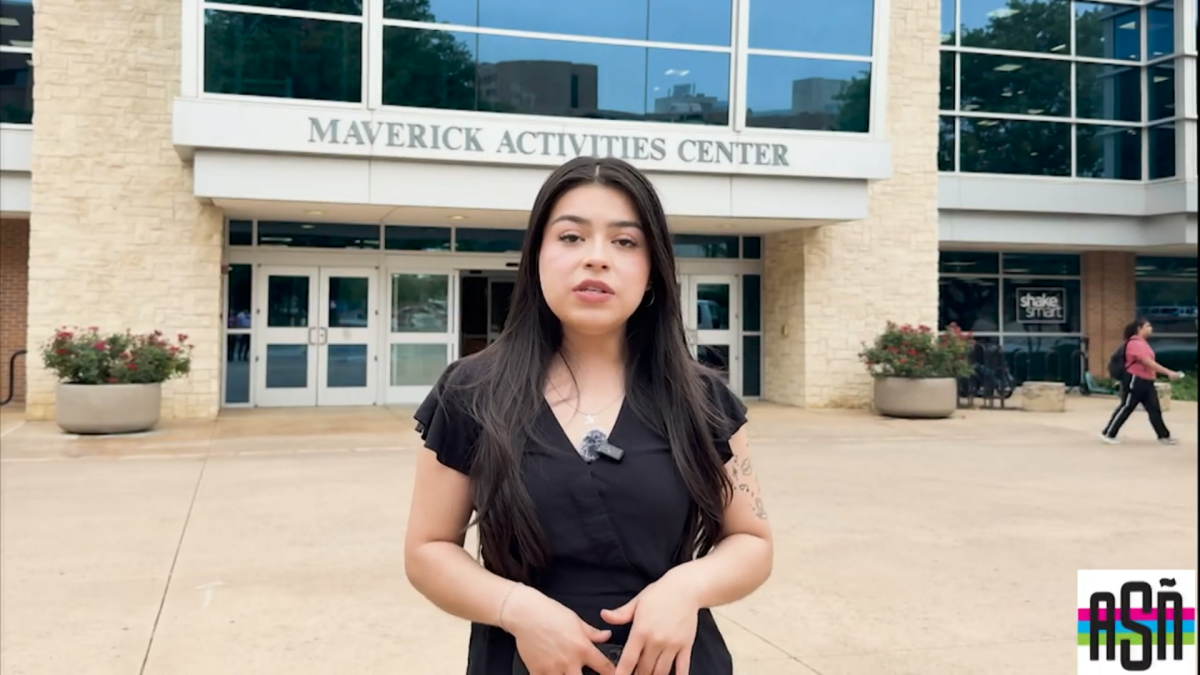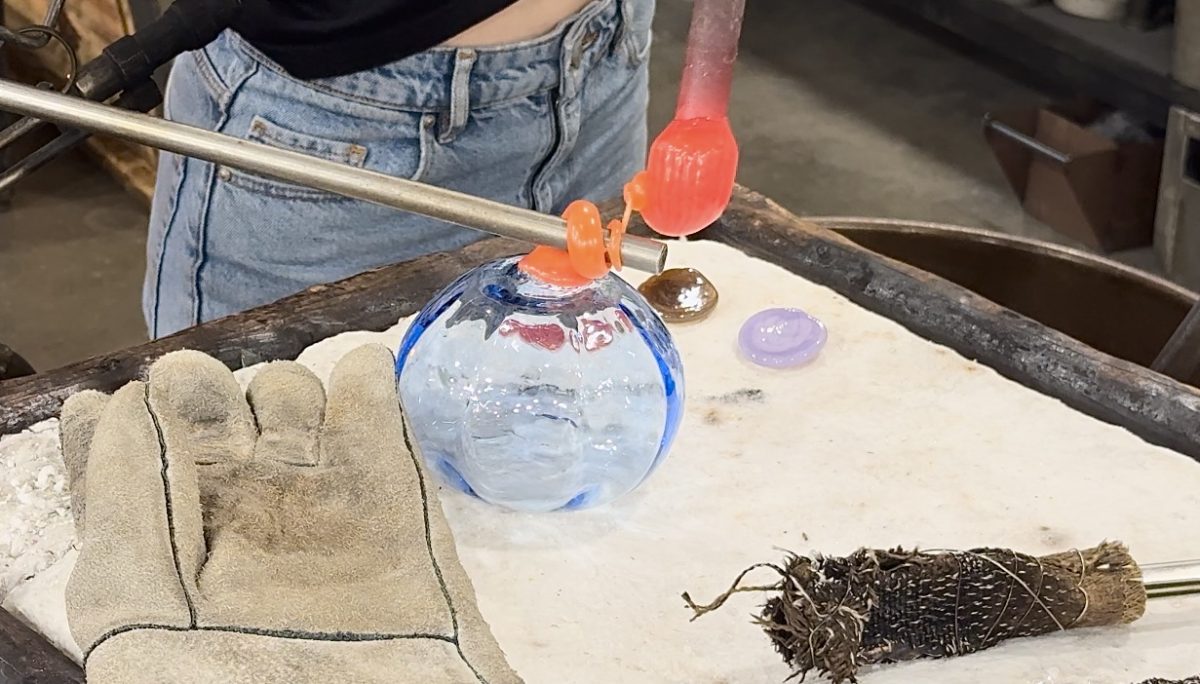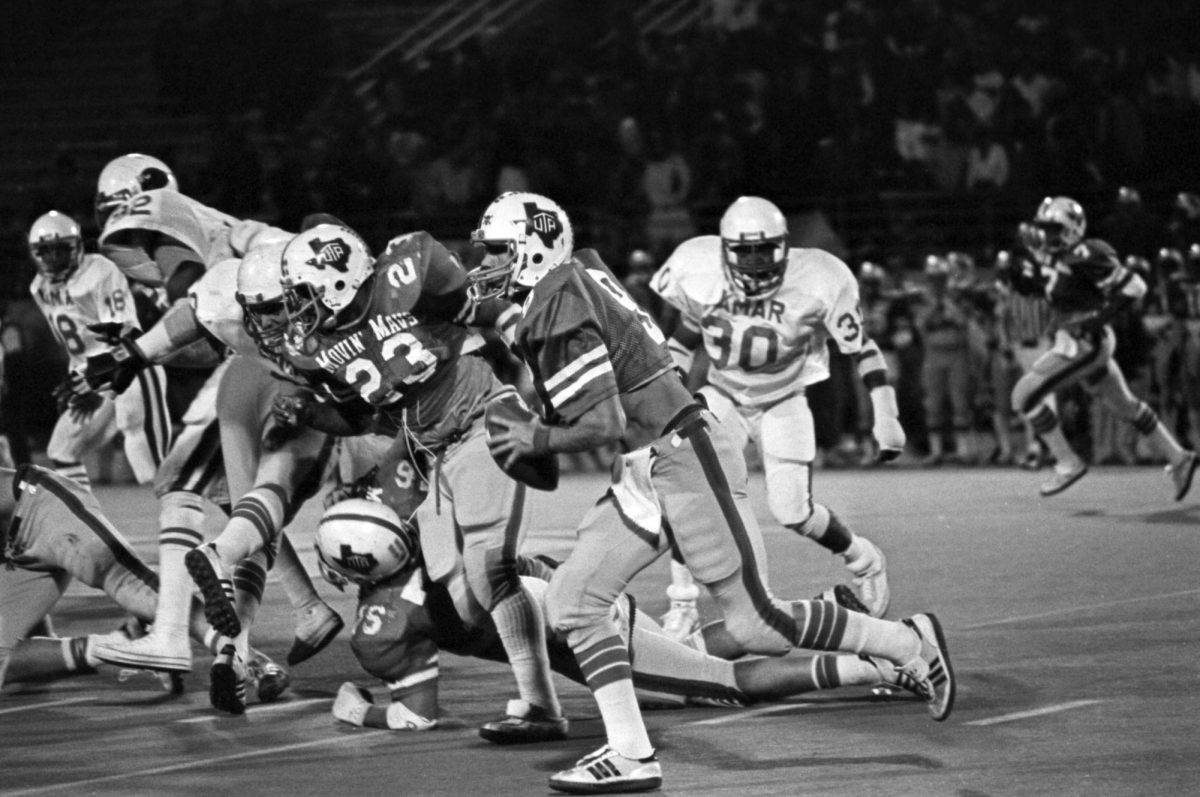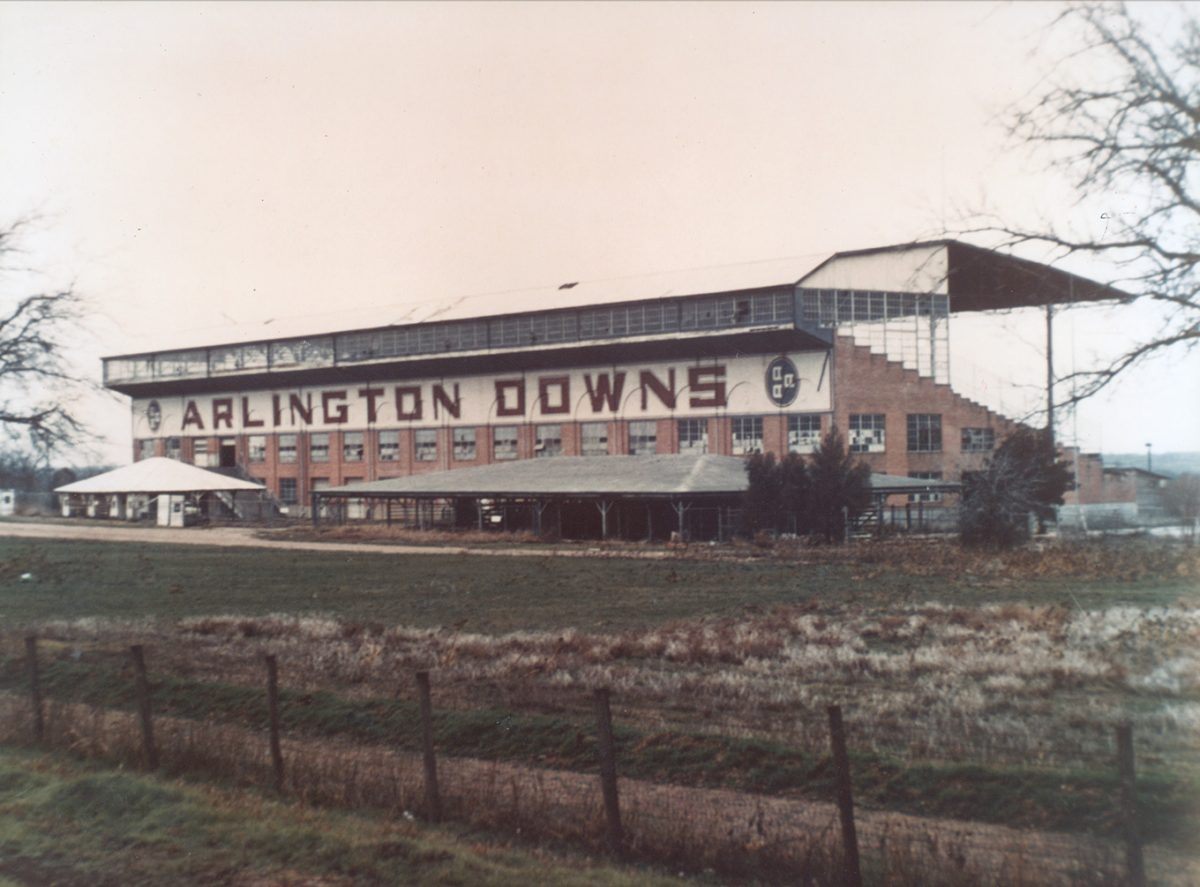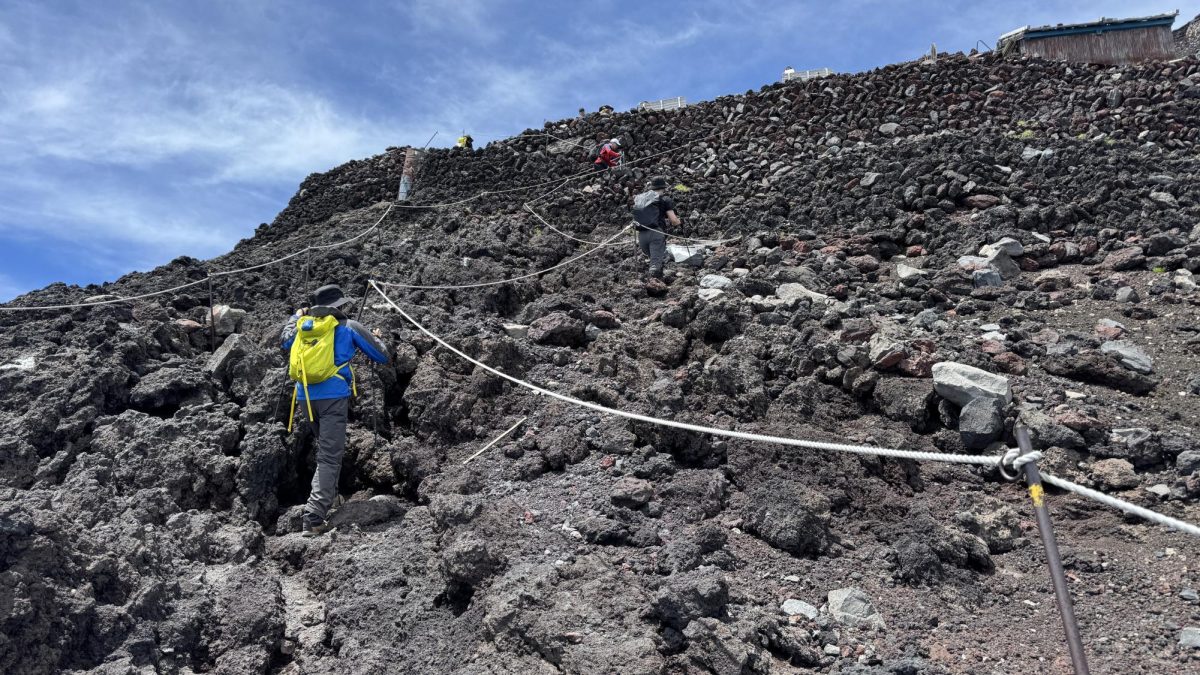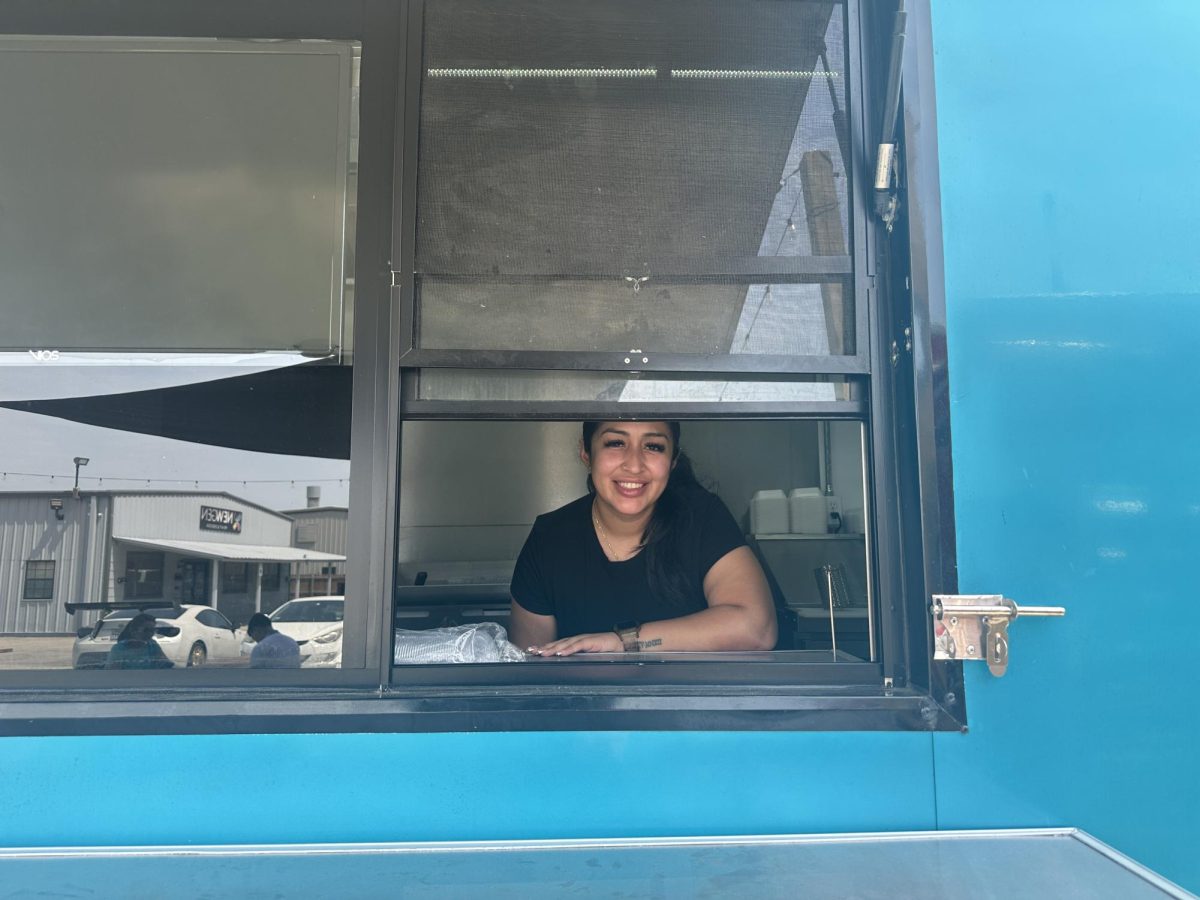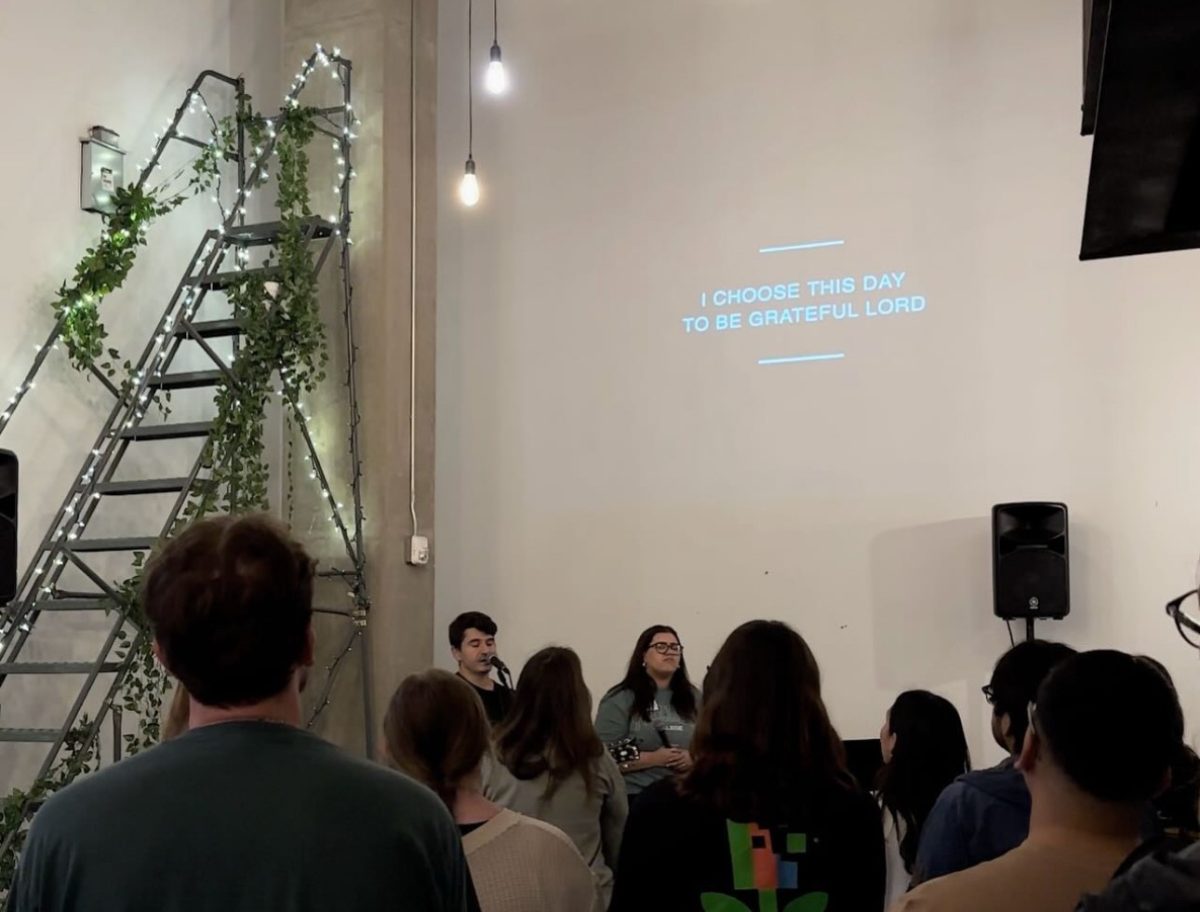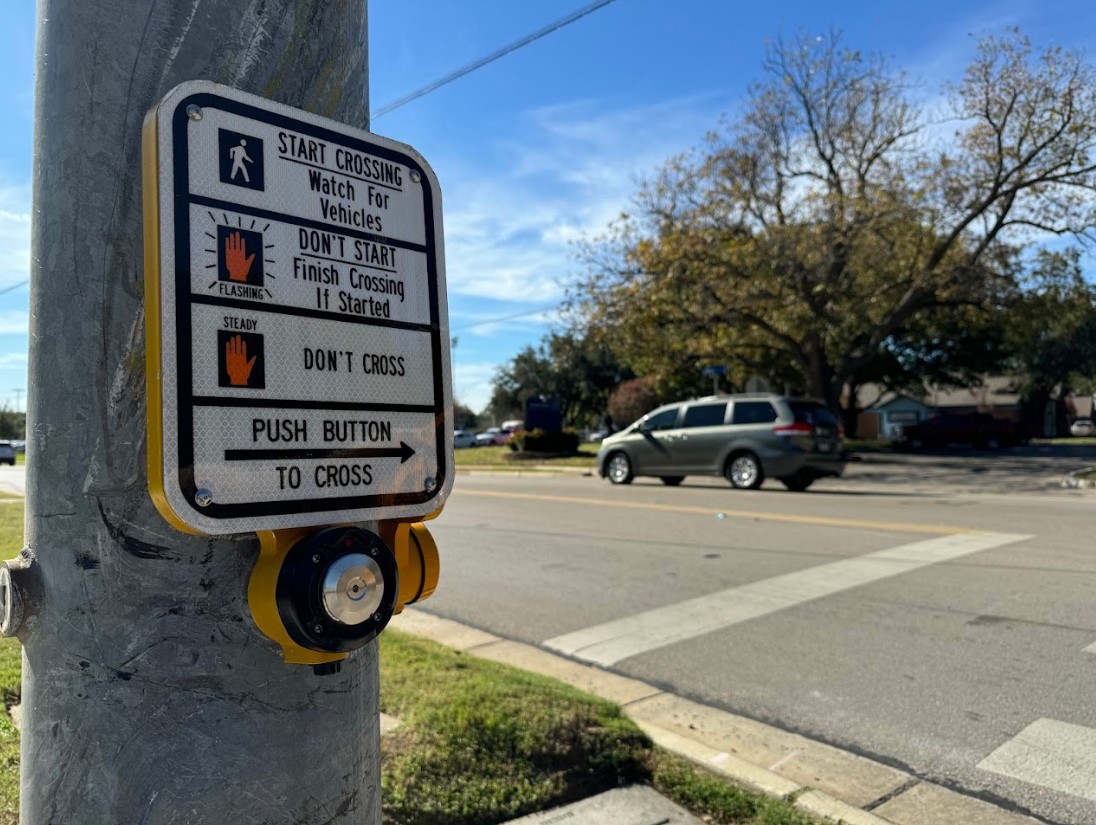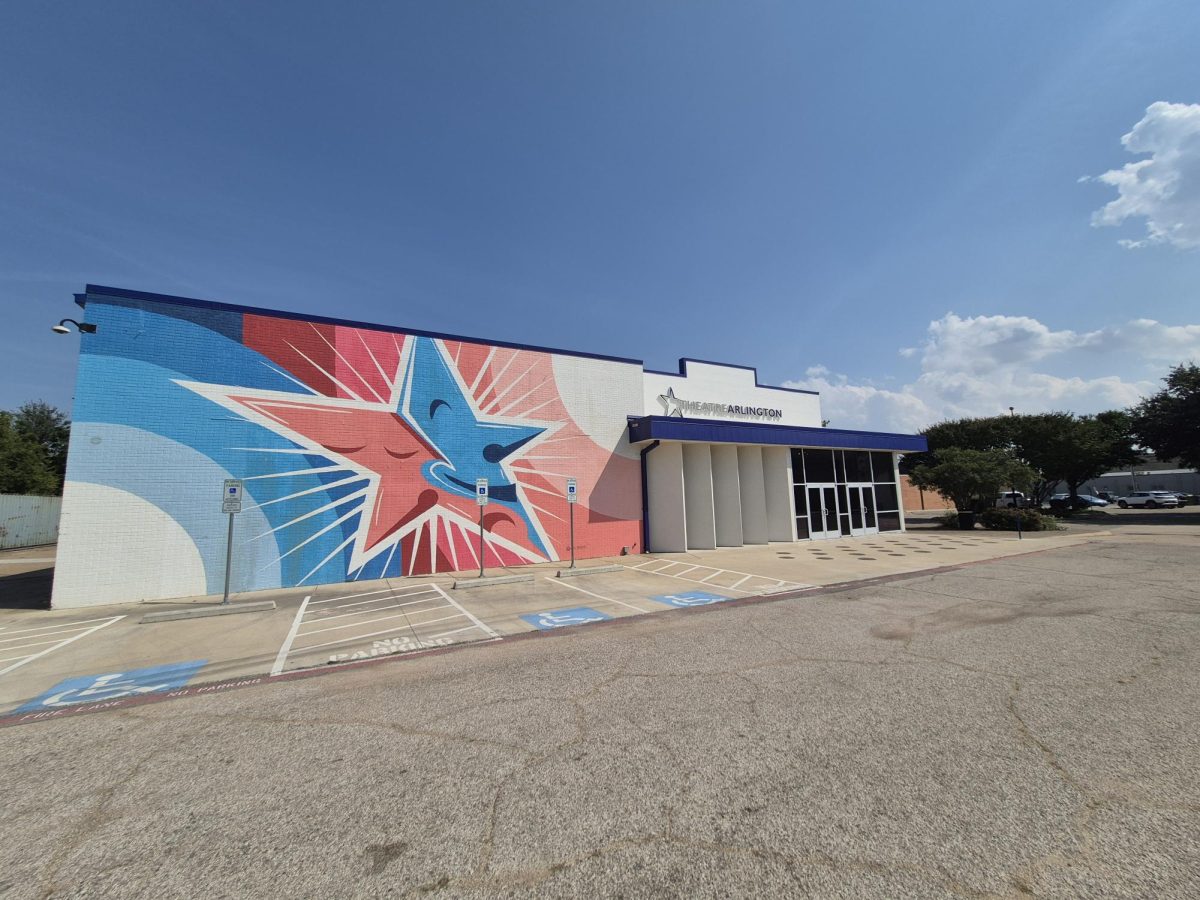ARLINGTON, Texas—The City of Arlington plans to improve the safety of its streets for all citizens with Safe Streets Arlington, a plan for a path forward to create a safe system for all roadway users through a comprehensive and data-driven approach.
The program uses a high injury network and an interactive crash map detailing where and how many injuries occur on streets that are maintained by the city and the Texas Department of Transportation. These do not include highways that pass through Arlington.
“It helps us to prioritize and identify those locations where we can have the most impact for the resources we put into it,” Ann Foss, planning and programming manager, said.
From 2018 to 2022, 4,004 road accidents in Arlington occurred on local streets, counting for 12% of all crashes in Arlington. There has been a general increase in crashes between 2018 and 2022, but in 2020, the number decreased from 801 in 2019 to 682 in 2020.
According to the Safe Streets Arlington High Injury Network, 1.3% of Arlington’s local streets account for 50% of all the city’s fatal and serious injury crashes involving someone walking or biking. Sixty-five percent of these accidents fall within a disadvantaged community, as defined by the U.S Department of Transportation.
For vehicle and motorcycle accidents, 5.7% of Arlington’s local streets account for 70% of all the city’s fatal and serious injury crashes involving someone driving or riding as a passenger, according to Safe Streets Arlington High Injury Network. Forty-eight percent of those accidents fall within a disadvantaged community, as defined by USDOT.
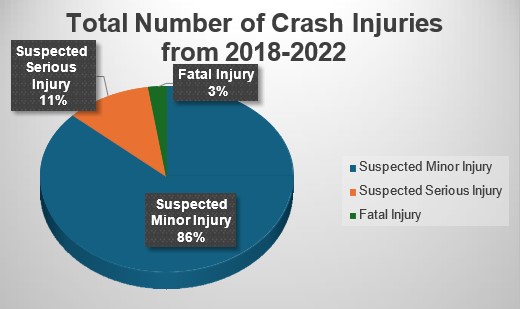
The goal of the program is to reduce these numbers to zero by implementing the Safe Systems Approach created by USDOT. The approach focuses on five principals: death and serious injuries are unacceptable, humans make mistakes, humans are vulnerable, responsibility is shared and safety is proactive.
Along with the five principals, the Safe System Approach has five objectives: safer people, safer roads, safer vehicles, safer speeds and post-crash care.
“One of the pieces of roadway safety that we’ve been looking at is post-crash care, so if there is a crash on the roadways, how do we make sure that the people involved in that crash get the care they need as quickly as possible,” Foss said.
Safe Streets Arlington is comprised of two stakeholder committees, one that is internal and another that is external. The Internal Stakeholder Committee is comprised of City of Arlington departments that are responsible for roadway safety including Transportation, Police and Public Works. The External Stakeholder Committee is made up of representative from a wide range of interests, including educational facilities, business, nonprofits and neighborhoods.
“The goal was to have a wide range of different people kind of representing different sectors of the community and some who were specifically chosen because they had a link to roadway safety issues,” Foss said. “We have a representative from the Texas Department of Transportation on the committee.”
Hyacinth Szabo, president of Walkable Arlington, a University of Texas at Arlington student-led grassroots organization, focuses on advocating for safe and accessible areas for pedestrians and bicyclists. While they and the organization don’t work directly for the project, Szabo said they attend public meetings to provide feedback to the Safe Streets Arlington plan.
“One of the major barriers to walking, and especially one of the major barriers to cycling in the city of Arlington, is traffic safety,” Szabo said. “It’s simply not very safe to get around, the facilities are not there or they are not developed enough to really ensure safety for the people that use them.”
Lt. Brian Jones of the Arlington Police Department serves on the ISC for Safe Streets Arlington. He said like many major cities, crashes at road intersections are common in Arlington.
“For citizens, pay attention,” Jones said. “Think about the other person on the road. I think that will solve a lot of our issues.”
Jones said following the rules of the road, turning off distractions like cellphones and not consuming alcohol or other substances can be helpful in keeping Arlington’s streets safe.
“We want everybody to be safe and want everybody to get to their destination the same way they left,” Jones said.






